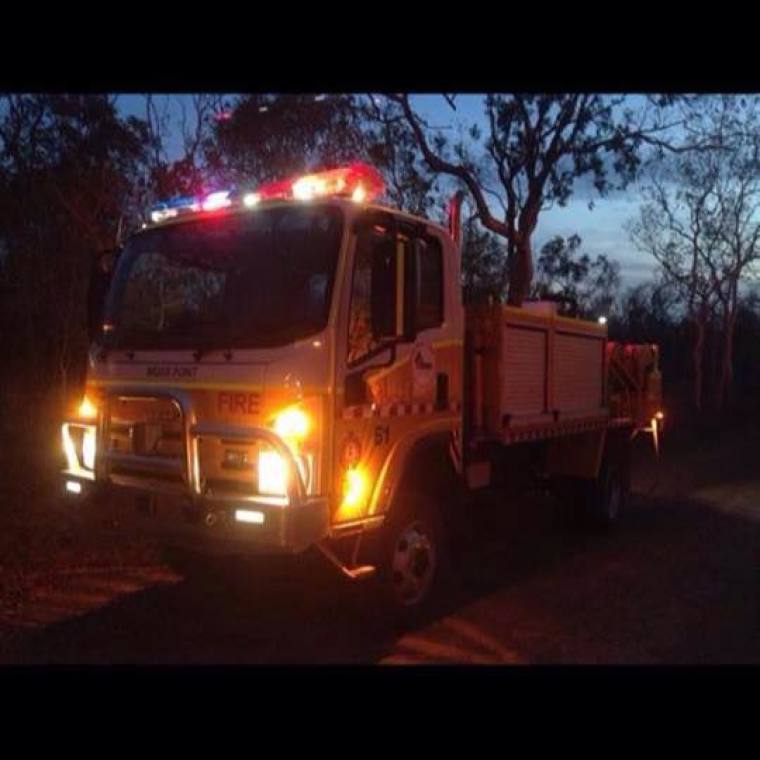
Recently in Melbourne was another one where a father and a little girl lost their lives in a house fire, Brisbane, Sydney and Perth have had their share in recent months as has a number of country towns. (www.news.com.au)
The forensic fire personnel sift through the ashes and remaining structures of such fire destroyed buildings to ascertain the cause of the ignition, and can often tell which was a fire takes off and where it travels throughout the building.
Fire Investigations websites (such as Fahrenheit below) says that the origin and cause of fires or explosions are often intricate and complicated. It goes further: "Fahrenheit's experienced fire investigation team is highly adept at putting together the many pieces of the puzzle that remain after a fire or explosion. Our fire investigators are experienced with analyzing fires of all sorts – from small fires to complete losses consisting of nothing more than ash remains." (fahrenheitfire.com)
Wikipedia goes further: In common with many forensic disciplines, one of the early tasks of fire investigation is often to determine whether or not a crime has been committed. The difficulty of determining whether arson has occurred arises because fire often destroys the key evidence of its origin. Many fires are caused by defective equipment, such as shorting of faulty electrical circuits. Spontaneous combustion is possible where organic wastes are stored. (en.wikipedia.org)
Mark Tronson says that the causes of house fires appear to be as diverse as: electrical, heaters left on, cooking accidents, birthday parties, fun gone wrong, falling to sleep when smoking, spontaneous combustion and the like.
It appears that in almost every situation, it is not the fire itself that causes death, rather smoke inhalation, often in the first instant 'knocking a person out' before a lack of oxygen combined with Co2 finishes off the process.
Councils force all new homes to have functioning smoke detectors and in existing home they are increasingly being enforced. A smoke detector has saved many a person from suffocating.
In recent months we've heard of many a brave person who has gone into a home filled with smoke to rescue someone, often a child. In some cases, the would be rescuer has lost their life too. House fires are very dangerous.
Mark Tronson who over the years has regularly attended "fire instruction sessions" through his ministry and at Chambers of Commerce meetings, says that the lessons are clear from the fire fighters experience.
Simple things like storing large heaps of newspapers can be very dangerous. The hot afternoon sun shining through a curtain-less window can trigger a fire. Leaving a t-towel next to the stove hot plate is subject to catching alight. It can be so very accidental through a simple lack of attentiveness.
When Mark Tronson established "Timeout in Moruya" (NSW south coast) for respite use by Australian Institute of Sport athletes, his heightened sense of a "duty of care" was such that he sought out a local fire prevention company. Fire extinguishers were strategically placed throughout the building as were fire blankets and smoke detectors.
In the 14 years he facilitated the respite ministry in Moruya, they were very fortunate never to have had a fire. He became conscious of what might be left after a fire when the builder burnt off the timber and kopper log scraps on the one hand and the cleared gums and their huge root systems, on the other.
